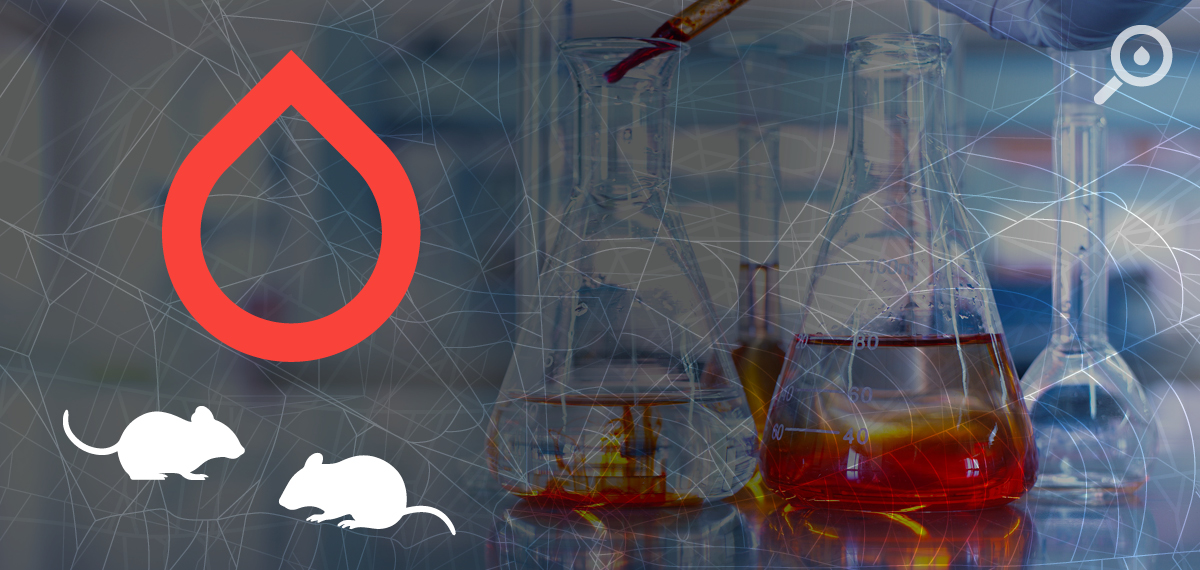
From calorie restriction to the mythical Fountain of Youth, humankind’s search for new (and, occasionally, extreme) ways to avoid aging and defy death remains an immortal constant.
Every now and again, an article pops up on the (alleged) restorative properties of young blood, either in the form of some Silicon Valley start-up or a Kardashian-approved cosmetic procedure.
The TV show Silicon Valley parodied this idea by transfusing blood from the arm of a “blood boy” directly into the show’s supervillain CEO.
In real life, tech mogul Bryan Johnson was recently in the news for receiving plasma and other components from his own teenage son to stay youthful.
If you are a history buff or true crime thriller fan, you’ve probably heard of Countess Elizabeth Bathory, the 16th century noblewoman (in)famous for bathing in the blood of servant girls to maintain a youthful glow. While this legend may just be that—fiction—Bathory’s notoriety lives on, both in her own right and as the inspiration for Bram Stoker’s Dracula.
We’re not even going to touch upon the blood-harvesting conspiracy theories currently (and historically) circulating—these myths have dangerous, anti-Semitic undertones.
When the circulatory systems of a young and an old mouse are spliced together to create murine May-December conjoined twins—the procedure is called heterochronic parabiosis—the old mice’s wounds heal faster, their brains show increased growth of nerve cells, and they even live 6-9% longer than their control group peers.
The young mice age more rapidly while attached to the older mice, but return to their normal baseline after the pair are separated.
There’s something in the blood, but what?
Scientists from University of California at San Francisco and University of Queensland found that platelet factor 4 (PF4) improves brain function in older mice and enhances the brain-boosting effects of exercise and an anti-aging hormone.
Another theory is that our bodies—human and rodent—produce fewer regenerative stem cells as we age. The young mouse’s stem cells may help the older mouse’s body repair itself.
It’s also possible that something outside the bloodstream is also at play when mice are conjoined, such as access to fresher livers and kidneys to filter blood.
Since recordings are the closest thing we currently have to eternal life, I interviewed my father, a retired pediatric cardiologist with Stanford University’s School of Medicine. He told me that newborn babies have special adaptations to their blood cells to help them survive in the womb.
In a way, pregnancy is similar to heterochronic parabiosis: a physical connection between a younger and an older being of the same species. The fetus receives oxygen and nutrients through the blood in the umbilical cord. However, because this blood also supports the birth parent, it has lower levels of oxygen by the time it reaches the placenta. Therefore, the fetus’ own blood has high hematocrit and hemoglobin levels to best thrive in an oxygen-poor environment. These levels increase linearly during the second half of gestation, peak at birth, and then decrease in a similar manner over the first 28 days of life.
This adaptation is what helps babies get through the 9-month marathon of gestation. It’s essentially natural blood doping, for those who remember Lance Armstrong’s big scandal: Armstrong hacked his red blood cells to carry more oxygen to increase his athletic performance. Blood doping can come in the form of hormones, like Erythropoietin, or actual blood transfusions, either autologous or from a donor—Armstrong used both of these methods (and more).
The blood from the umbilical cord has special life-giving properties. It’s a rich source of stems cells, which can be donated, collected, and banked to treat over 80 diseases, such as certain types of cancers, anemias, and other blood disorders.
Cord blood has an advantage over the stem cells found in adult bone marrow: cord blood stem cells don’t need to be as close of a match to the donor’s immune system to successfully transplant because they’re young and malleable.
Following this train of thought, because bodies produce fewer regenerative stem cells as we age and become harder and harder to extract from the body, adult stem cell donors in their late teens are the second best.
“Vanity products are not really the direction we are headed,” said Aaron Posey, EVP of Bloodworks Bio. Bloodworks Bio partners with research organizations and biosciences companies to further medical research and support groundbreaking clinical trials at institutions in the Pacific Northwest and beyond.
Bloodworks is focused on recruiting younger donors, however, though not for their special blood qualities: the age of the average blood donor continues to increase, and students and young professionals must step up, make blood donation a habit, and fulfill the need for donations.
Because your blood already has the potential to extend life, whether you donate it to the community supply for a patient in need or to advance medical science through our research donor program, you’re helping someone else – and maybe even yourself – live a longer, healthier life.
Until blood shortages are a thing of the past and that everyone who can donate does, we’ll stay focused on saving lives today.
There is no substitute.
Tell Us What You Think!